Actives vs Altitude: How to Adapt Your Skincare Routine Based on Where You Live ?

You moved cities, or you’re planning a trip, and suddenly your face is acting like it’s got an opinion. Dry, itchy, tight one week; shiny, spotty, and congested the next. Sound familiar? Your skin is not being dramatic. It’s responding to a new environment.
Welcome to Actives vs Altitude: how where you live (or travel) should change what actives you use, how you layer them, and how often you apply them. This guide gives you the science-lite, no-fluff version of how climate and elevation affect your skin, plus clear, practical tweaks so your routine actually works where you are.
Quick TL;DR
Different altitudes and climates change humidity, UV exposure, air pressure, and pollution, all of which change your skin’s needs.
High up in the mountains? The air’s drier and the sun hits harder. Keep skin quenched, protect your barrier, and stick to a solid mineral sunscreen. By the coast or at sea level? Humidity’s higher, oil flows faster. Go for lightweight hydration and work in some BHA to keep pores clear.
1) Why your zip code matters
Your skin is not a static thing. It’s a living organ reacting constantly to the environment. How climate and altitude affect your skin:
- Low humidity can cause tight, thirsty skin, while high humidity can cause oil buildup and pore blockage.
- UV strength: The sun's rays are more intense at higher elevations.
-
Temperature fluctuations: Heat can cause more perspiration and oil production, while cold can erode your skin's protective layer.
-
Air pressure/oxygen (higher altitude affects circulation)
-
Pollution & salt (coasts) (affects oxidative stress and barrier integrity)
These factors affect how quickly actives penetrate your skin, how reactive your skin is, whether your barrier is intact, and whether you should prioritize antioxidant defense, hydration, or exfoliation.
2) The skin basics you need to know
Before tweaking actives, remember:
- Barrier first: stop using strong actives and concentrate on repair if your barrier is compromised (redness, stinging, or persistent dryness).
- Different actives solve different problems; actives are tools, not rules. They have to fit in with the surroundings.
- Your skin will tell you if you listen to it. Hydration equals tightness. Exfoliate to get rid of excess oil and bumps. Calm is synonymous with redness.
3) High altitude (mountains, plateaus): thin air, dry skin, fierce sun
- High altitude (plateaus, mountains): dry skin, abrasive sun, and thin air
- Expect the following if you live at or visit high elevations, such as ski resorts, mountain towns, or high plains:
- Reduced humidity, Transepidermal water loss (TEWL) is accelerated. Dehydrated and parched skin
Common problems:
-
Tight, flaky skin
-
Chapped lips and reactive redness
-
More visible lines (dehydration exaggerates texture)
-
UV-related pigmentation risk
What to use in terms of ingredients and actives:
- Hydrators include glycerin and low and high-molecular-weight hyaluronic acid, which draw and retain water.
- Ceramides, cholesterol, and fatty acids are barrier builders that aid in the skin's ability to hold onto moisture
- Soothers: panthenol (B5), centella asiatica (cica)
- Mineral sunscreens (zinc oxide, titanium dioxide) are the best option for sun protection because they are gentle and provide immediate protection; if you are worried about blue light or pigmentation, look for broad-spectrum and iron oxides.
- Niacinamide: reduces redness, controls sebum, and fortifies the barrier.
What to avoid or adapt:
-
Strong daily retinoids or daily high-strength acids right away - they can exacerbate dryness and barrier damage.
-
Alcohol-heavy toners or products.
- If you want retinol or retinoid, incorporate slowly and always pair it with a hydrating moisturizer, or better just go for an Encapsulated Retinol.
Routine edits:
-
Use a hydrating serum (HA + glycerin) AM and PM.
- Use a clay mask that hydrates as well, like Uniqaya De Tan mask
- Add an occlusive step in your PM if needed, The best pick Uniqaya Night Repair Cream
- Never skip broad-spectrum SPF even on cloudy mountain days.
4) Low altitude, coastal, and humid environments: oil, shine, and congestion
Coastal cities and humid climates give skin a different set of demands:
-
High humidity less TEWL, but more oil production and quicker bacterial proliferation in pores.
-
Salt and sea air can dry certain areas or cause irritation for sensitive types.
- Higher pollution (in many coastal cities) - oxidative stress
Common problems:
-
Oily T-zone, clogged pores, frequent breakouts
-
Sometimes dehydrated despite oiliness (combination skin)
- Dullness from pollution buildup
What to use:
-
Beta hydroxy acids (BHA, salicylic acid): lipophilic, penetrate sebum-filled pores to reduce congestion.
-
Lightweight humectants: hyaluronic acid, but in lighter textures (gel serums).
-
Niacinamide: controls sebum, strengthens barrier.
-
Vitamin C (stable derivatives): antioxidant defense vs pollution, brightening.
- Lighter sunscreens: prefer non-greasy, matte mineral or well-formulated chemical filters (if tolerated).
What to avoid or adapt:
-
Heavy occlusives and thick creams that sit on top and clog pores.
-
Over-exfoliating - heat + exfoliation = irritation and inflammation.
- Long leaves of occlusive overnight masks if you’re prone to congestion.
Routine edits:
- Morning: Foaming face wash - vitamin C/light antioxidant - lightweight moisturizer - SPF.
-
Night: gentle cleanser - salicylic acid treatment 2–3x/week (or as tolerated) - niacinamide serum - lighter moisturizer.
- Use blotting papers and a light face powder with SPF for midday touch-ups.
5) Cold, dry climates (wintery plains, continental interiors)
Winter does real things to skin. Cold air holds less moisture, and indoor heating dries the air more.
Common problems:
-
Chapped, tight skin
-
Flakiness and irritation
- Reactivity when you switch from cold outdoors to warm indoors
What to use:
-
Gentle lactic acid: for mild, slow exfoliation (helps with flaky skin without over-stripping).
-
Rich emollients: ceramide-rich creams, squalane, fatty acids.
-
Humectants like hyaluronic acid, but paired with occlusives, so water stays locked in.
- Panthenol and allantoin for soothing.
What to avoid:
-
Daily strong acids or frequent retinoid use without added hydration.
- Over-cleansing with harsh foaming cleansers.
Routine edits:
-
Consider using a humidifier at home (game changer).
-
Double up on barrier repair - richer moisturizer night masks.
- Keep acid frequency low - gentler exfoliation once or twice per week.
6) Hot, humid climates (tropical, subtropical)
Warm climates speed up biochemical reactions and increase sweat + sebum production.
Common problems:
-
Recurrent acne and sweat-related irritation
-
Heat rash, fungal issues in prone areas
-
Faster breakdown of certain actives (e.g., some vitamin C forms are unstable in heat)
What to use:
-
Lightweight antioxidants (vitamin C, green tea extract) to combat pollution and UV-induced free radicals.
-
Niacinamide for oil control and calming inflammation.
-
Salicylic acid for pore clearing.
-
Non-comedogenic, gel moisturizers and lighter sunscreen formulations.
-
Consider antifungal-safe cleansers if you have recurrent fungal acne.
What to avoid:
-
Heavy oils and balms during the heat of the day.
-
Thick occlusives if you’re breakout-prone.
- Overuse of alcohol-based toners may strip and cause rebound oiliness.
Routine edits:
- AM: gentle gel cleanser - antioxidant serum - light moisturizer - SPF.
-
PM: double cleanse if wearing heavy sunscreen/makeup - BHA spot treat or light exfoliant (not daily) - lighter moisturizing emulsion.
- Keep a simple refresh routine: hydrating mist (with electrolytes if you like), blotting papers, sunscreen powder for midday.
7) How to transition when you move or travel (practical steps)
Moving? Vacationing? Your skin needs time.
-
Transition over 2-4 weeks: don’t flip your entire actives cabinet overnight. Start with barrier and hydration-focused products for the first week.
-
Pack a core routine: gentle cleanser, hydrating serum, barrier moisturizer, and SPF. Add one targeted active (retinol or acid) if you know your skin tolerates changes.
-
Watch skin signals: tightness = hydrate; oil + bumps = add BHA; persistent redness = scale back actives.
- Be flexible: evenings are usually the best time to introduce or pause actives to let your skin adjust.
8) Layering actives with the environment in mind
Layering matters more when the environment is harsh. A few practical rules:
-
Always fix barrier problems first: add ceramides and humectants before adding or increasing actives.
-
AM = antioxidants + SPF: antioxidants boost SPF performance and help neutralize pollution-induced free radicals.
-
PM = targeted repair: retinoids, AHAs/BHAs are best used at night and introduced slowly in dry or high-altitude places.
- Hydrate before actives: damp skin helps some actives penetrate with less irritation (e.g., hyaluronic acid under retinol can reduce dryness).
9) Final thoughts - be local with your skincare
Your skin isn’t broken because it reacts to a new place. It’s doing exactly what it should: adapting. The smartest routine isn’t the most complicated one, it’s the one that reads the room (or the zip code) and responds.
A simple checklist as you change altitude or climate:
-
Inspect: Is my skin tight, oily, irritated, or congested?
-
Prioritize: barrier repair vs exfoliation vs antioxidant defense
-
Adjust: swap textures, not necessarily actives (serum vs cream)
- Transition slowly: give products a 2–4 week window
If you remember one thing: treat your routine like landscaping, not construction. Small, thoughtful tweaks each week will help your skin thrive at any altitude.



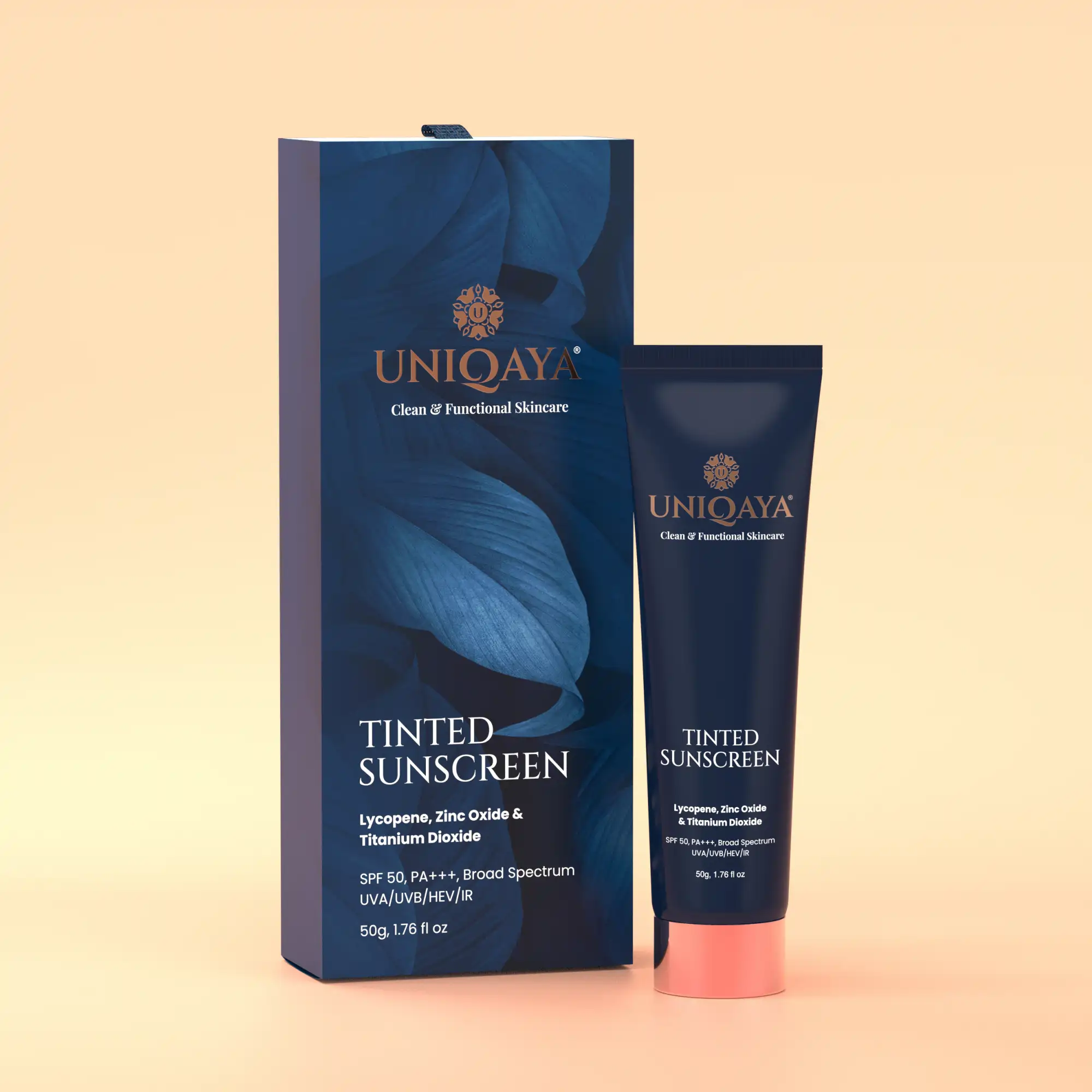
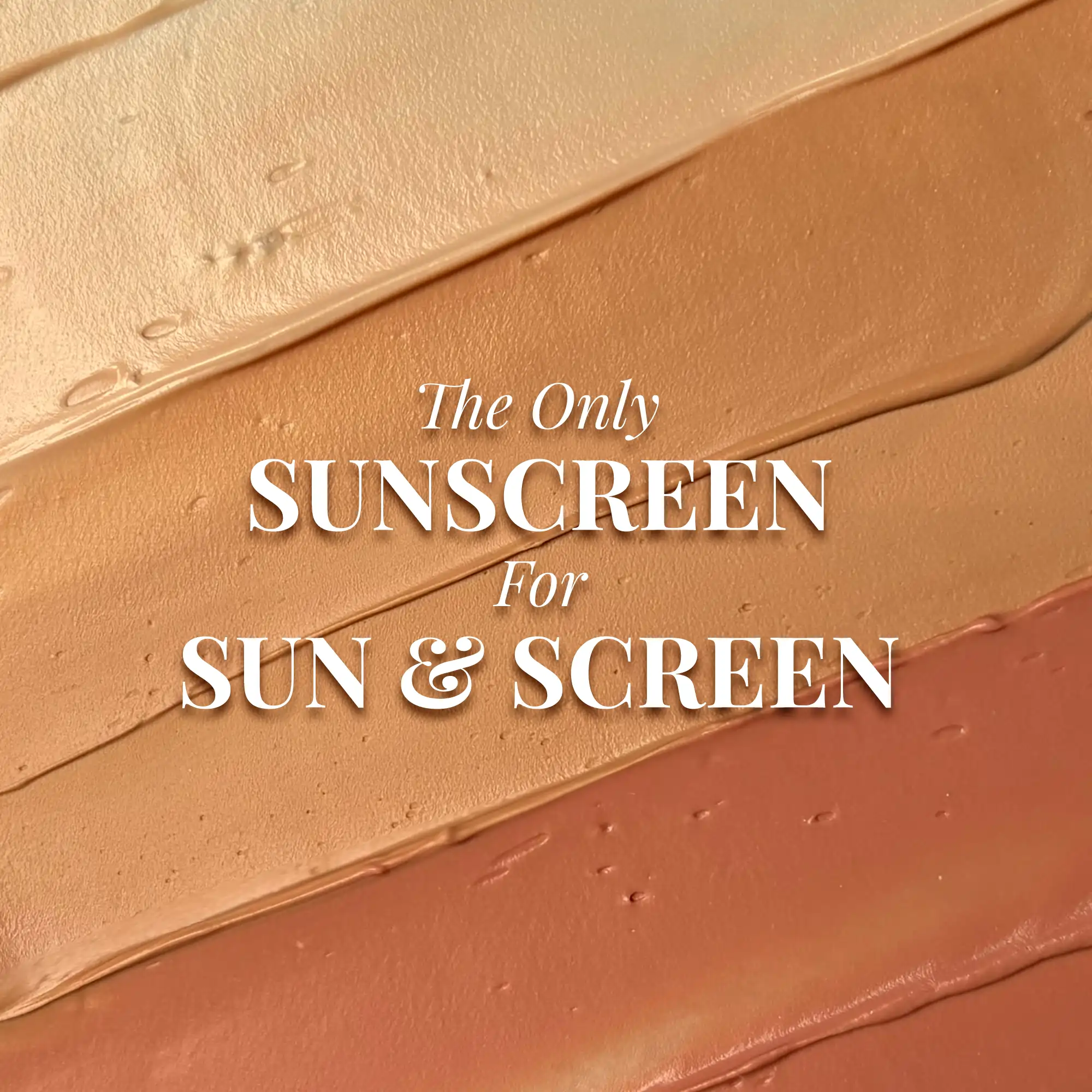
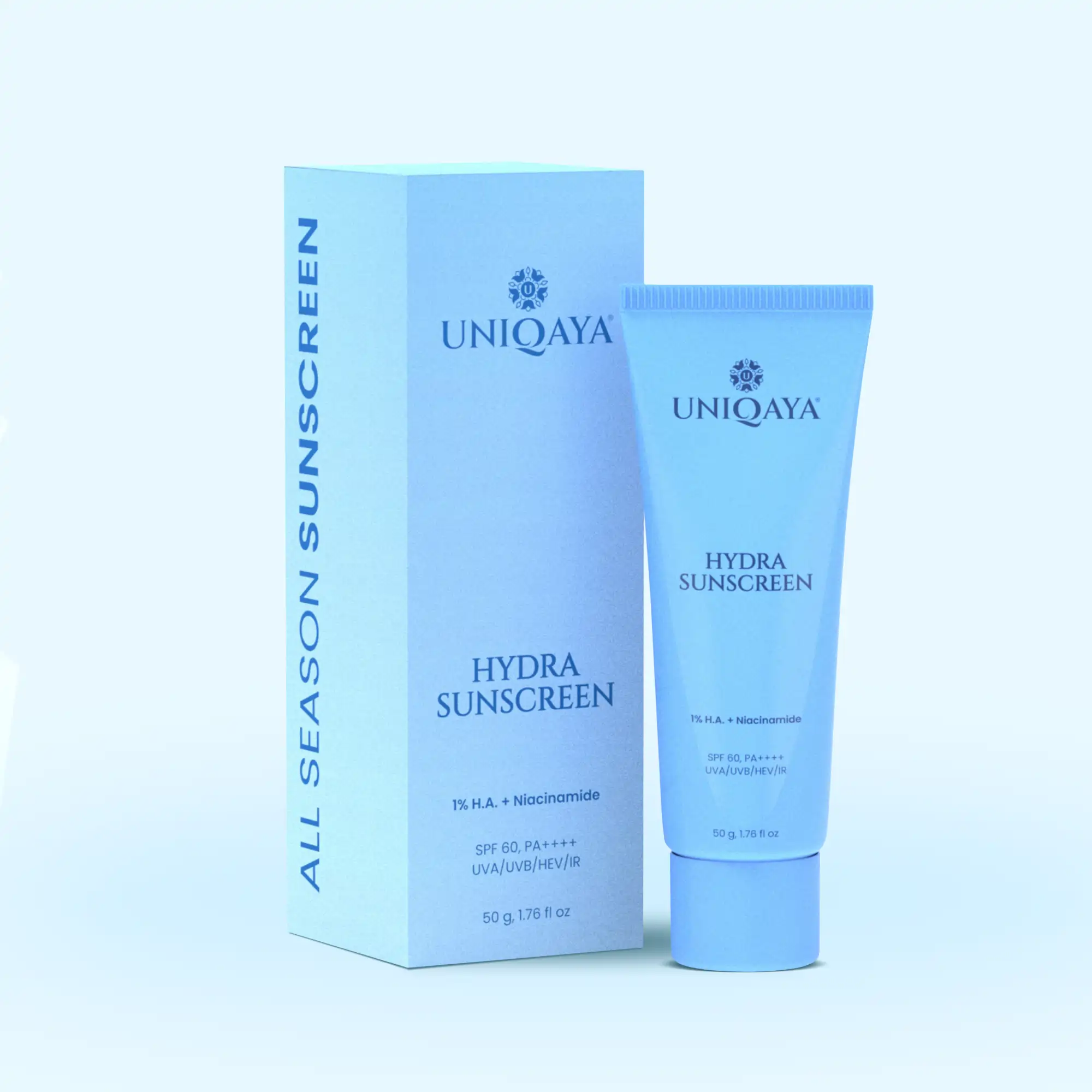
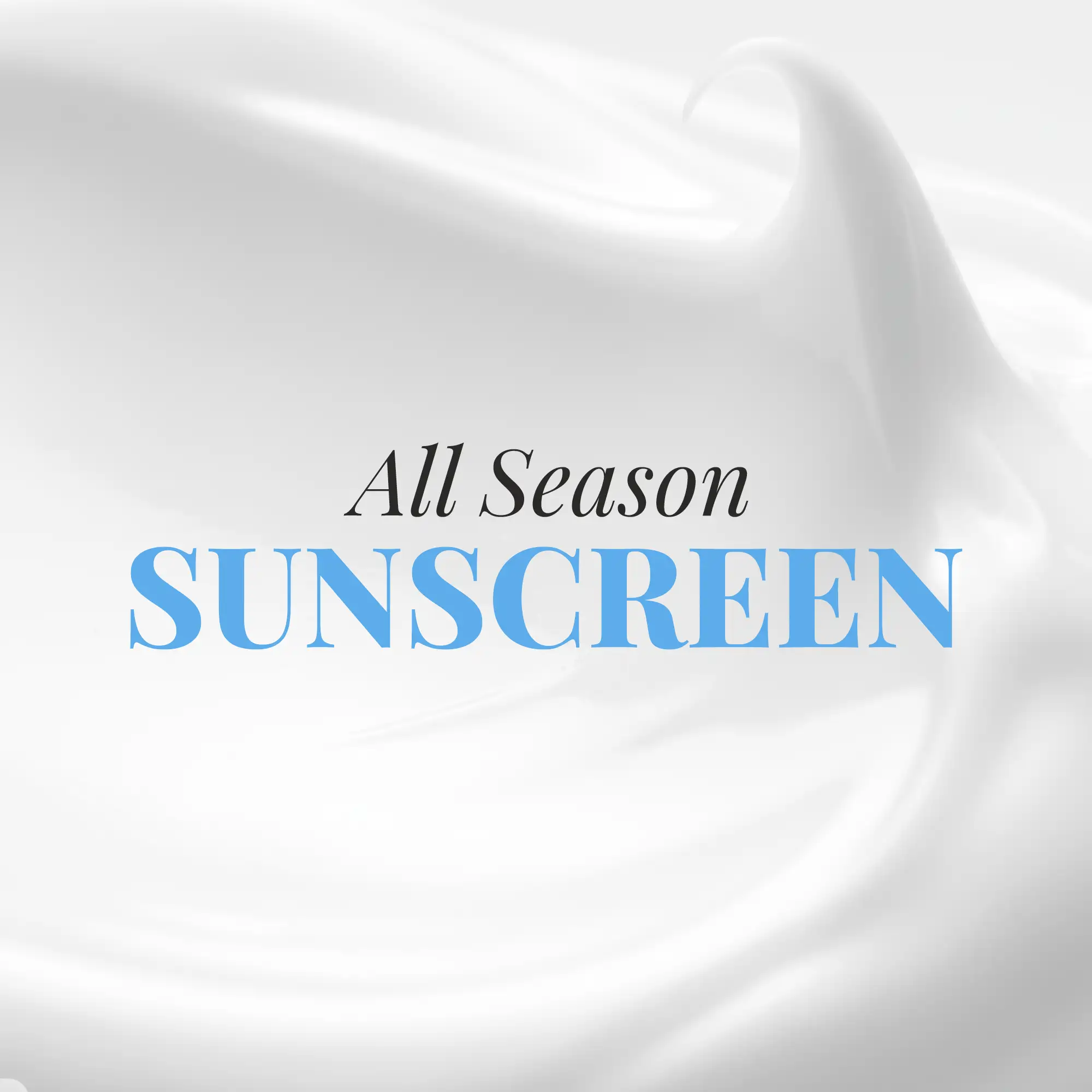
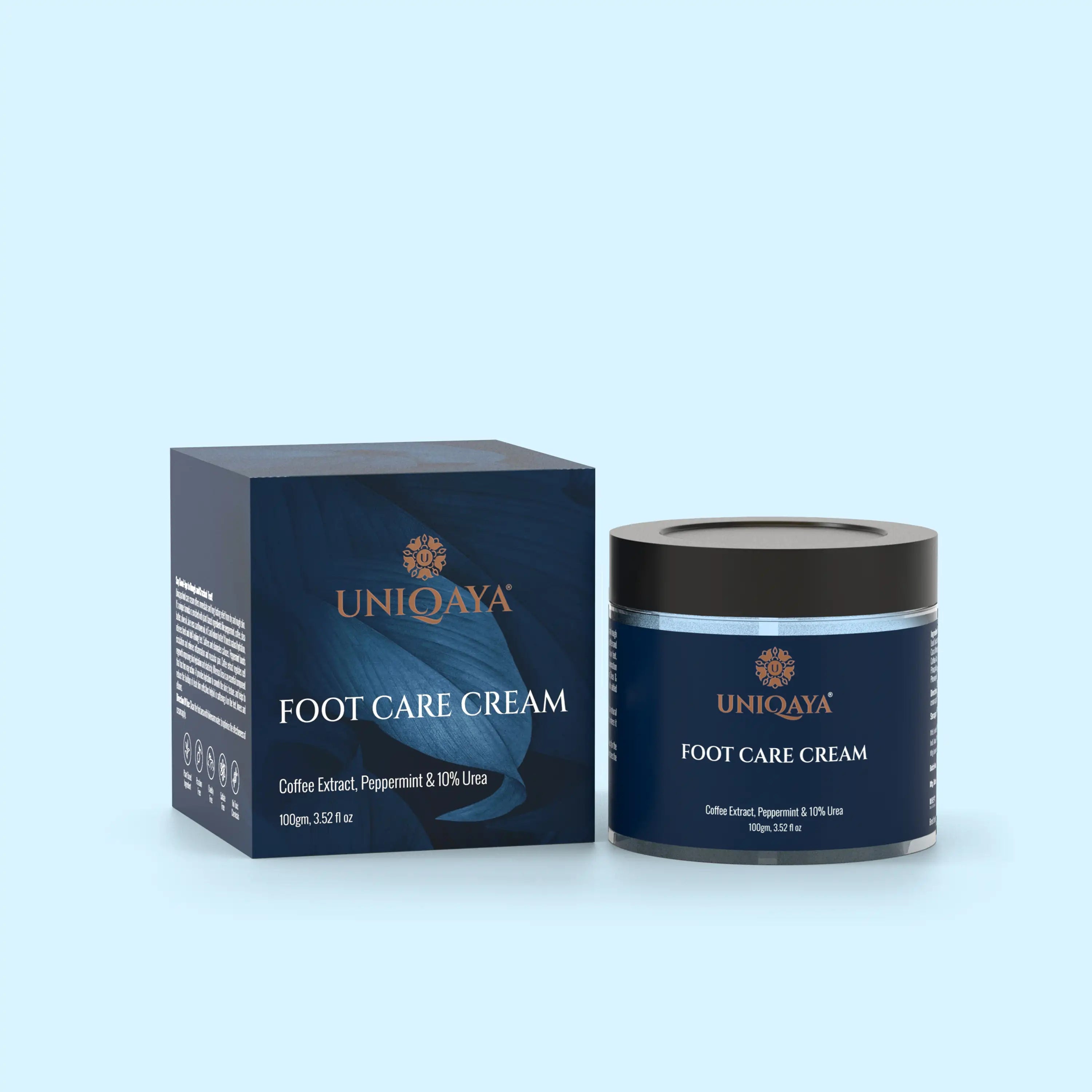
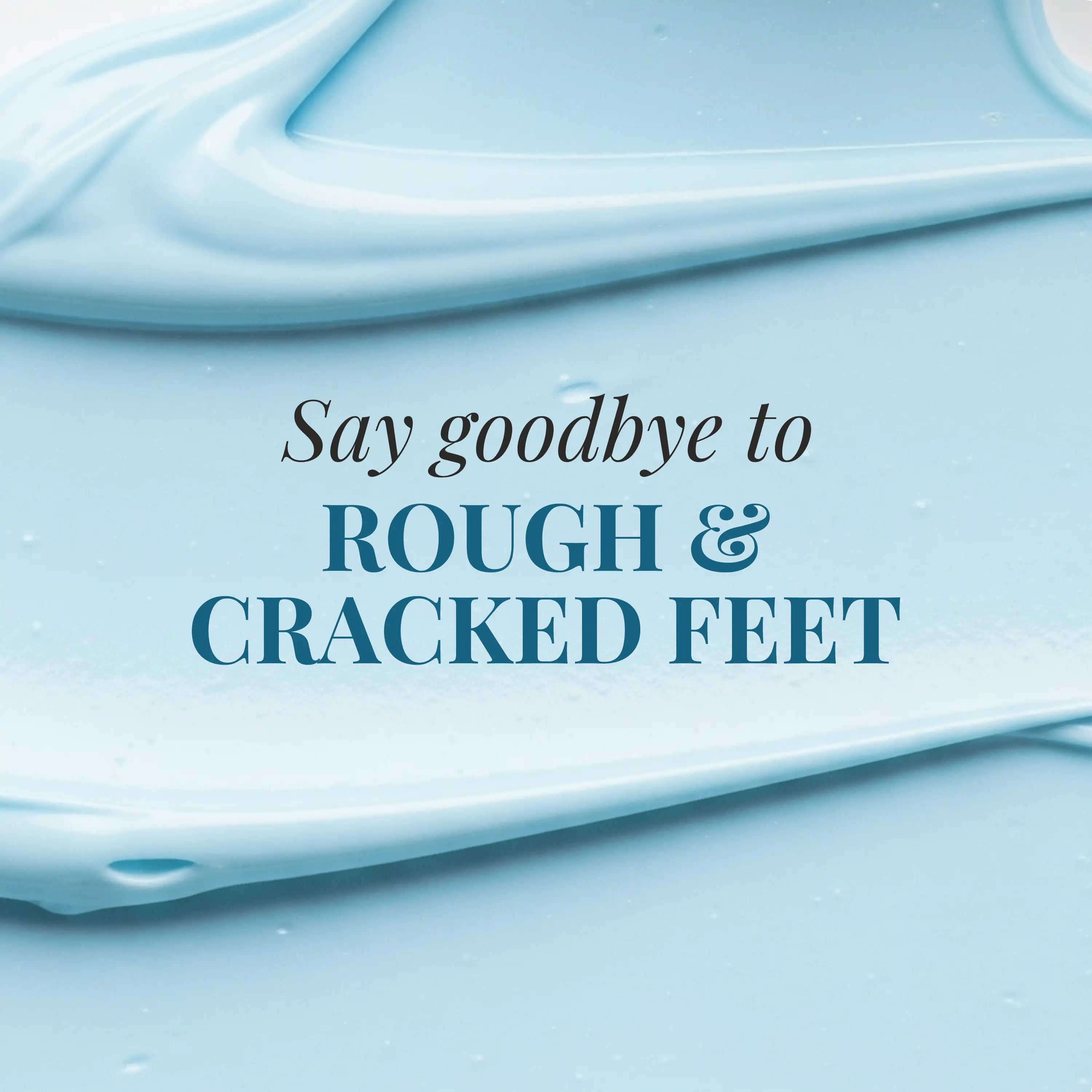
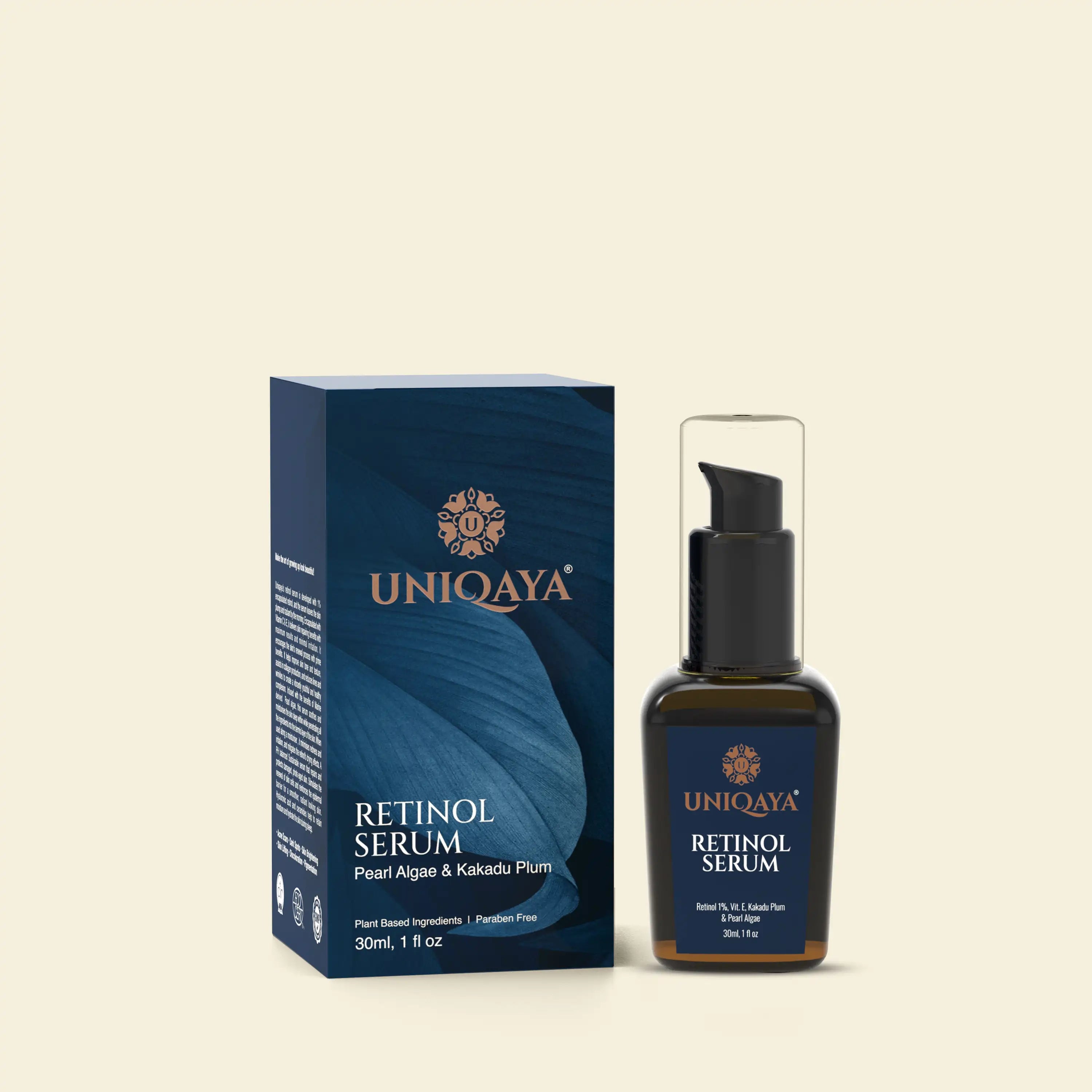
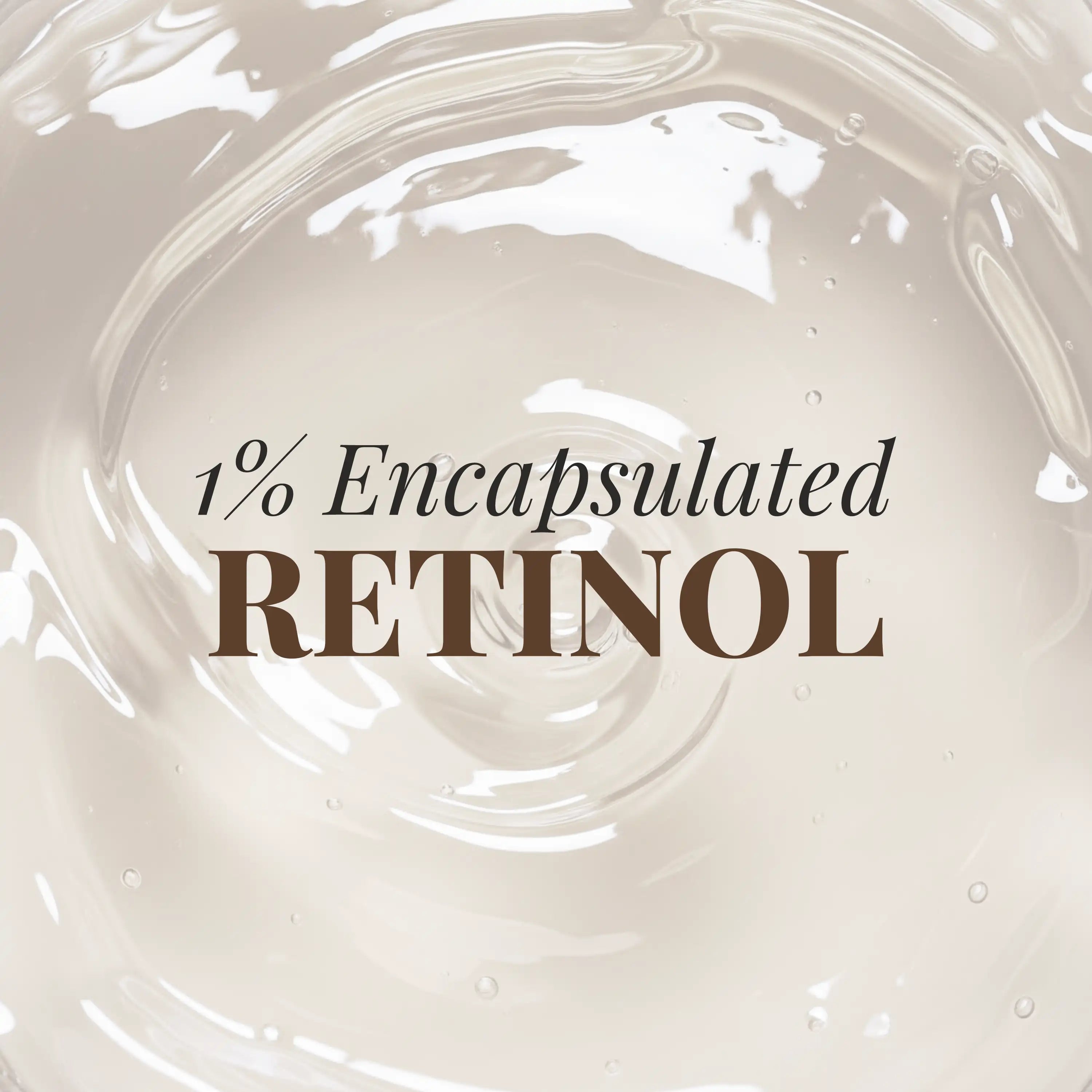
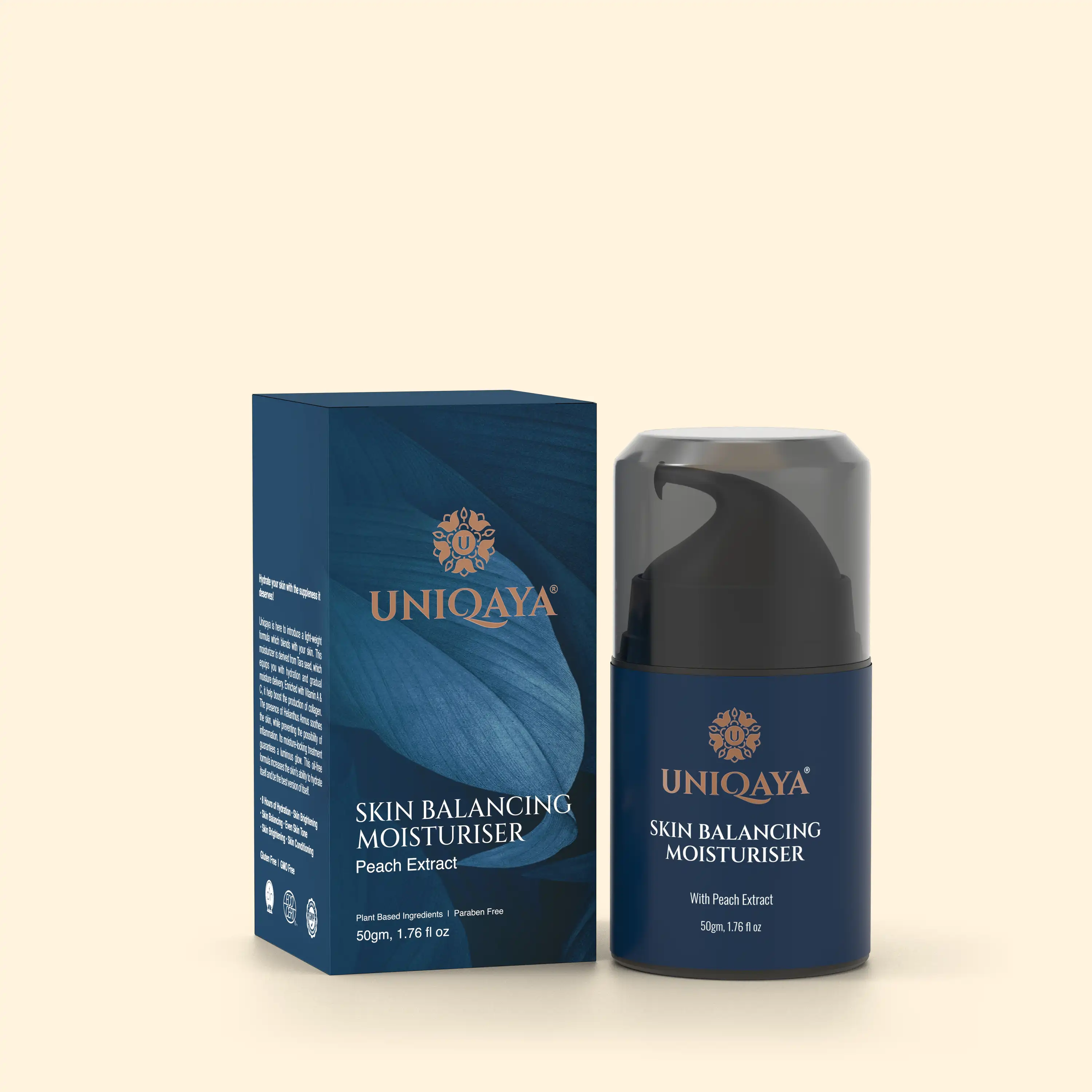
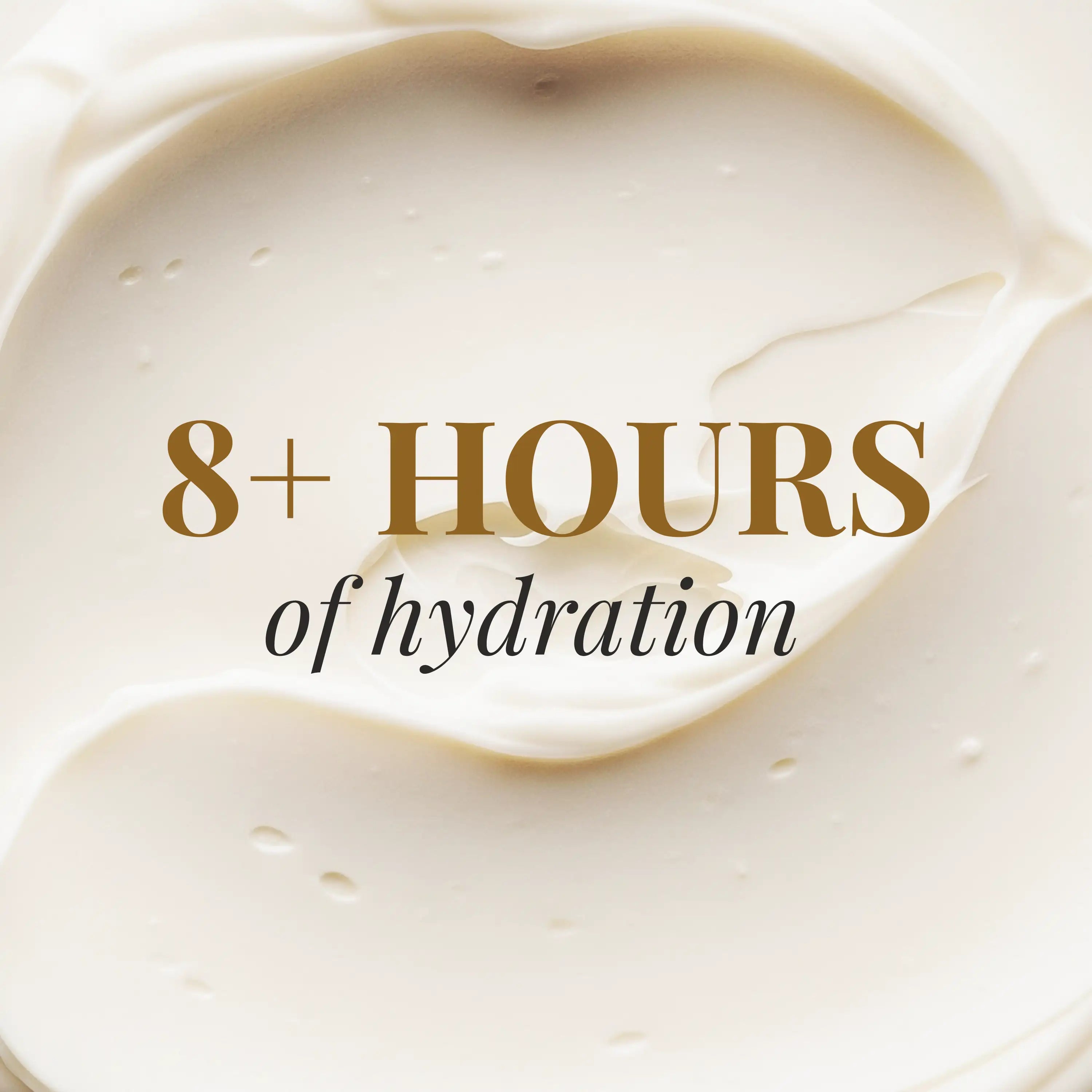
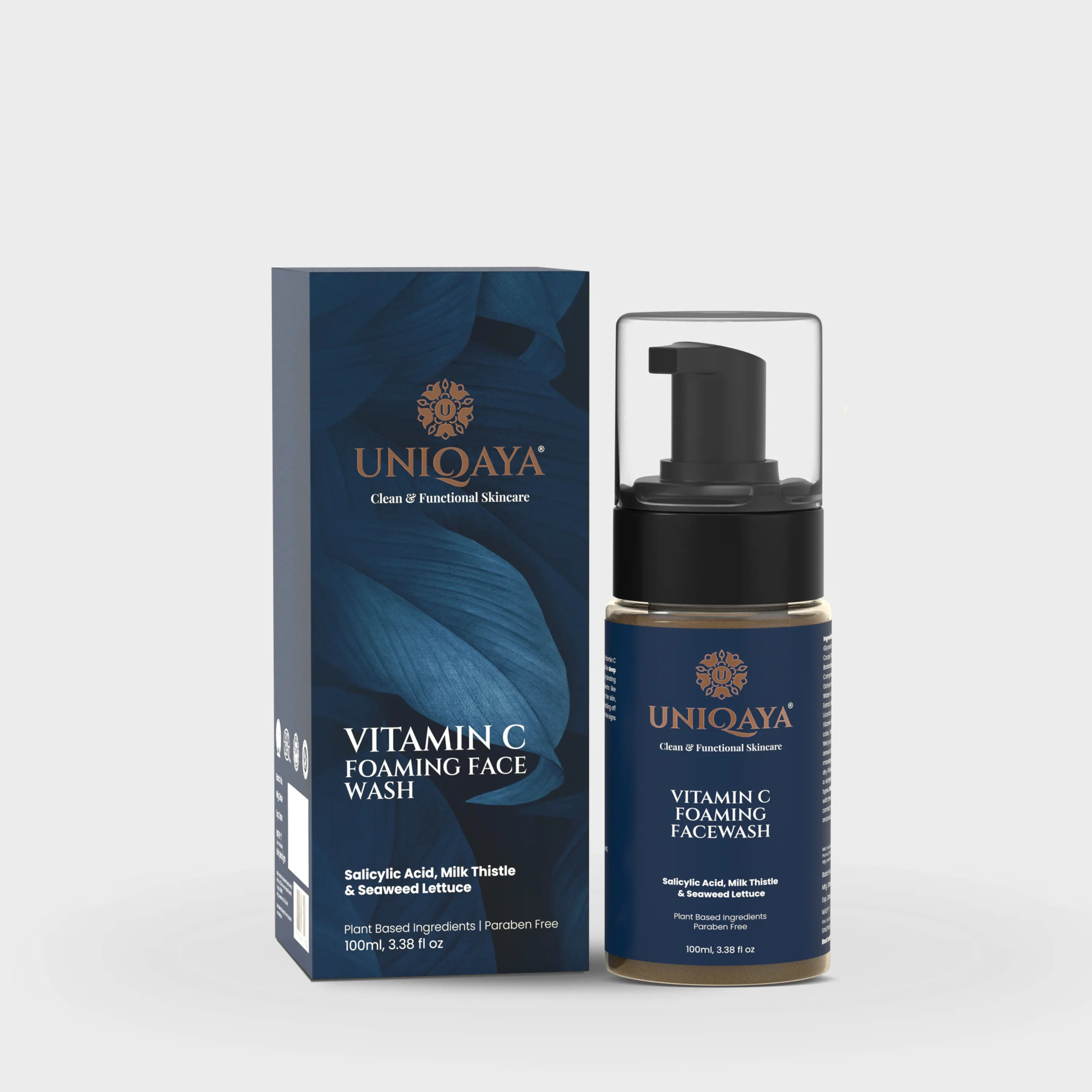
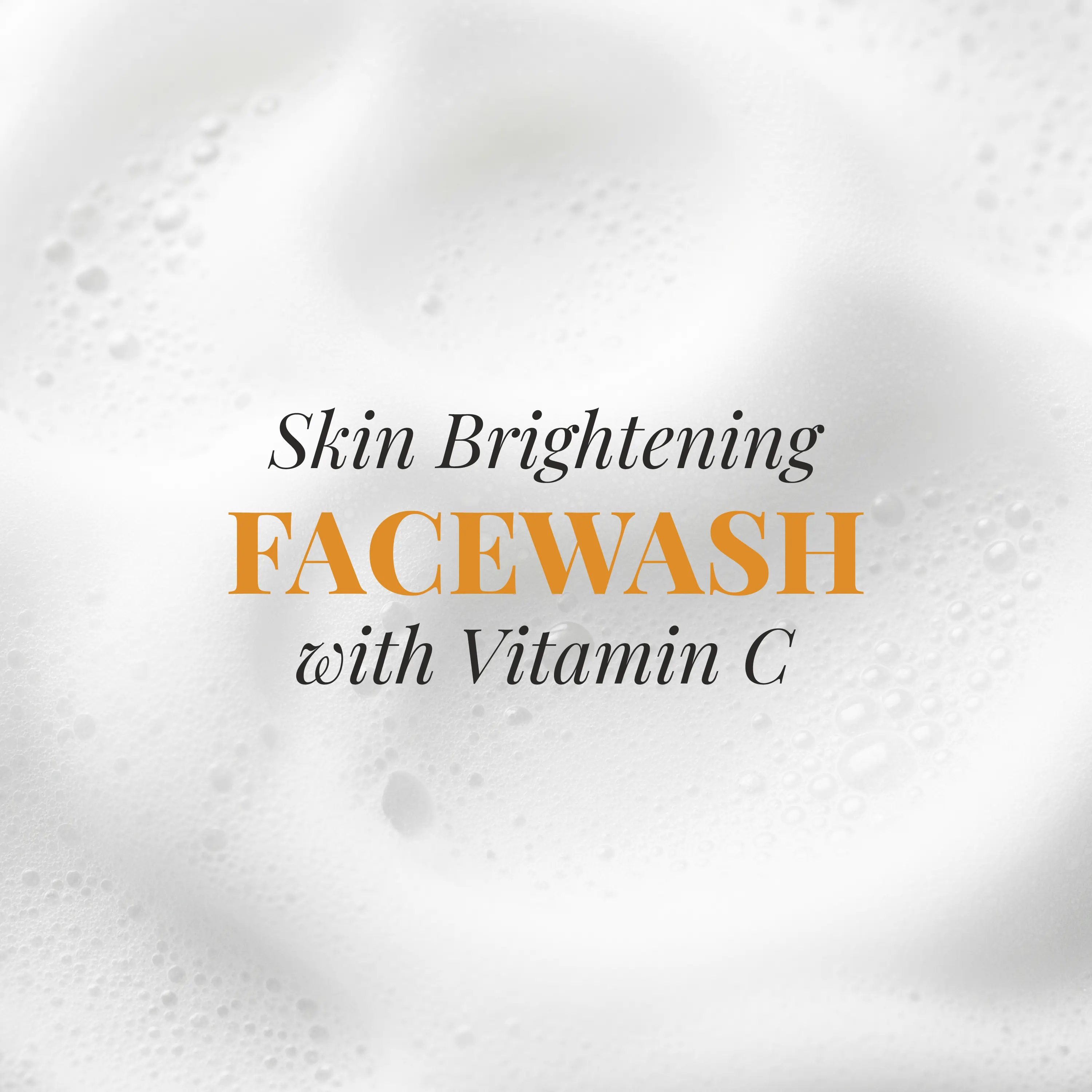
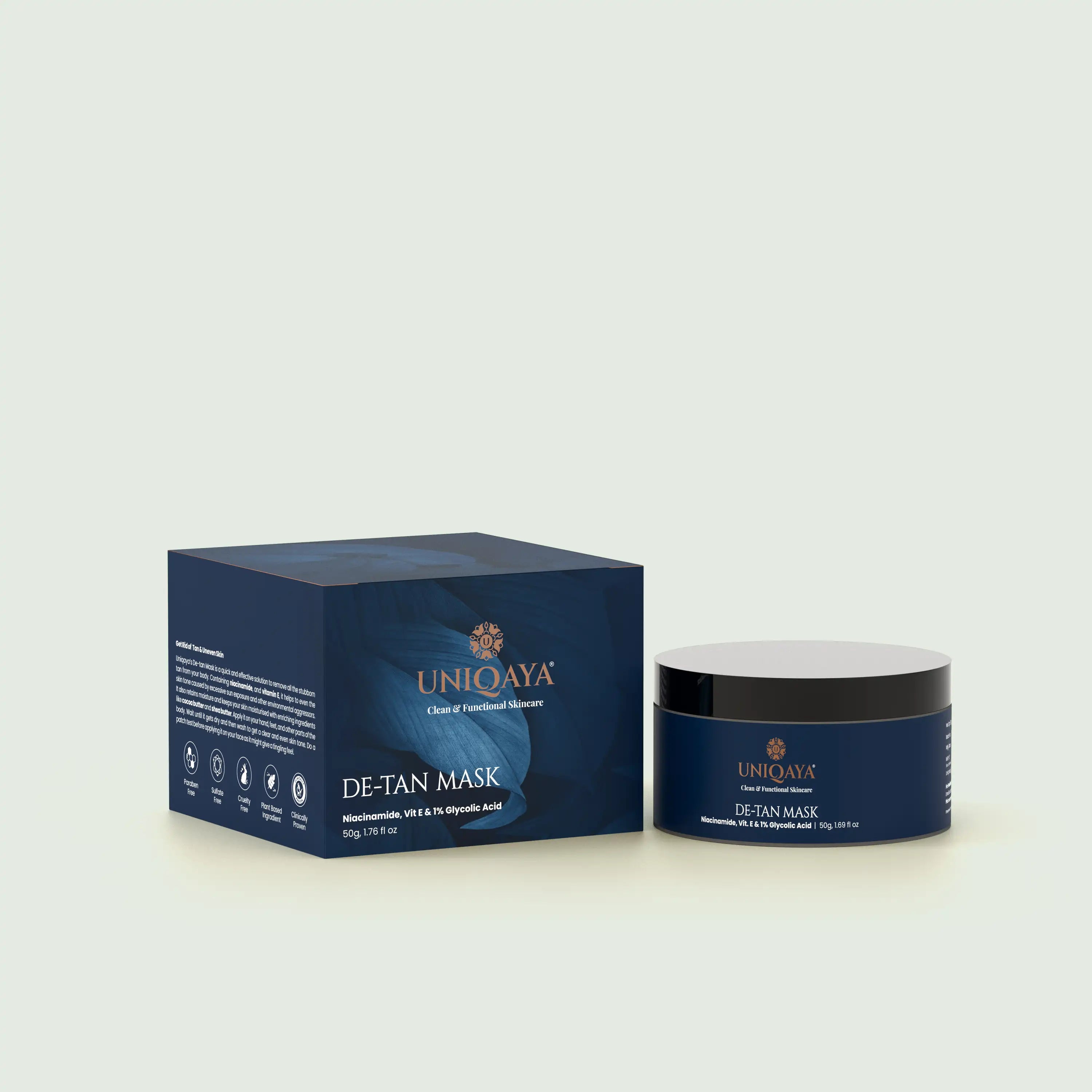
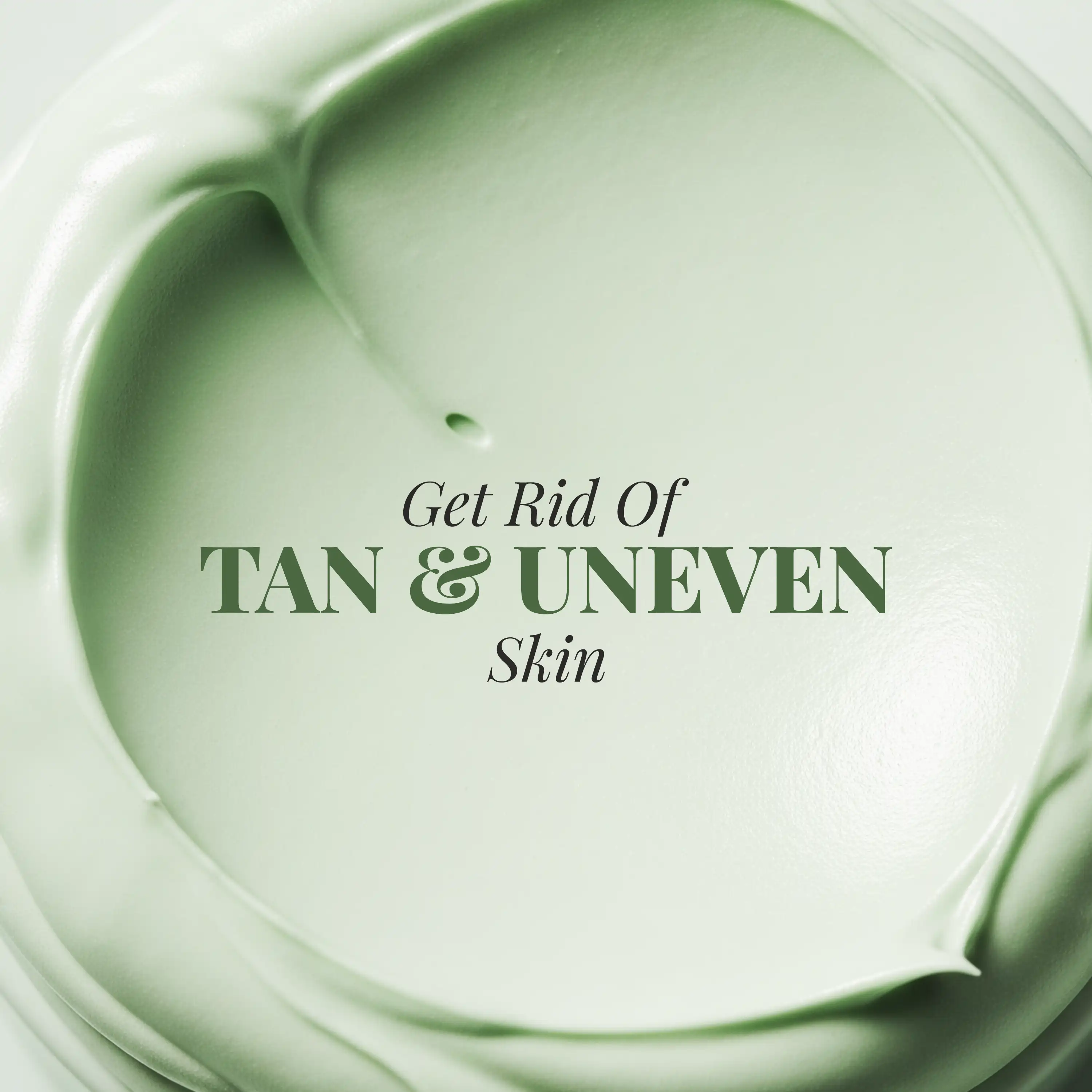
Leave a comment